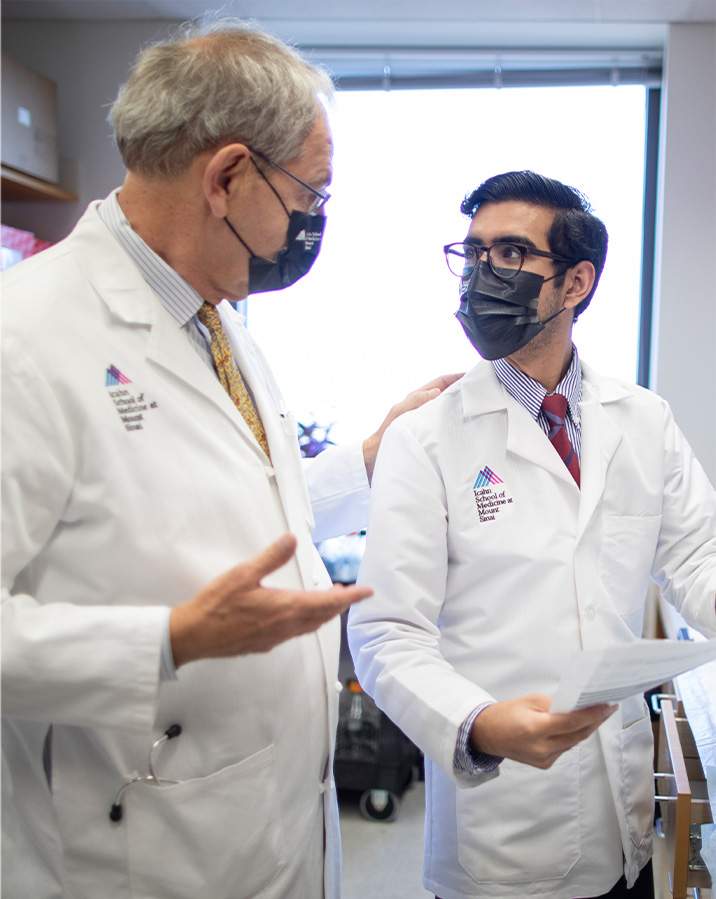Multiple sclerosis is an inflammatory/demyelinating disease of the central nervous system characterized by neurodegenerative processes that occur earlier in life than in classical neurodegenerative diseases. MS aetiology is unknown, and the pathogenesis is believed to be autoimmune. The vast majority of MS patients present with a relapsing-remitting course are characterized by clinical and radiological flares, followed by complete or partial recovery. Currently, more than ten disease-modifying treatments are available, and several others are in different experimental stages. Despite this, there is still a need to identify new therapeutic strategies, effective not only on the inflammatory but also on the degenerative phase of the disease. Our long-term goals are to identify the mechanisms underlying the pathophysiology of MS and to help develop new strategies for an earlier and more accurate diagnosis. Our research tools include neuroimaging methodologies at high- and ultra-high field MRI, optical coherence tomography, behavioral tasks, and electrophysiology.
Our studies are directed towards the identification of MRI biomarkers of disease progression to aid prediction of clinical outcome and treatment choice. Since MS is a chronic, disabling disease that impairs both the physical functions and cognitive ability of patients, we investigate the neural, functional, and structural correlates of neurological deficits. We also seek to determine the functional and structural mechanisms underlying repair and restoration of neurological functions.
Stem Cell Niche Remodeling During Progenitor Regression
We have recently uncovered that the Dermal Sheath – follicle-lining cells with unidentified physiological function (Martino et al, Experimental Dermatology 2021) – is a smooth muscle that contracts to propel regression, extrude the hair shaft, and physically relocate the niche to reach its essential stem cell-adjacent position (Heitman et al, Science 2020).
Hair Growth Cycle
Discover how tissues regenerate from stem cells and how different organs balance cell loss with new growth.

